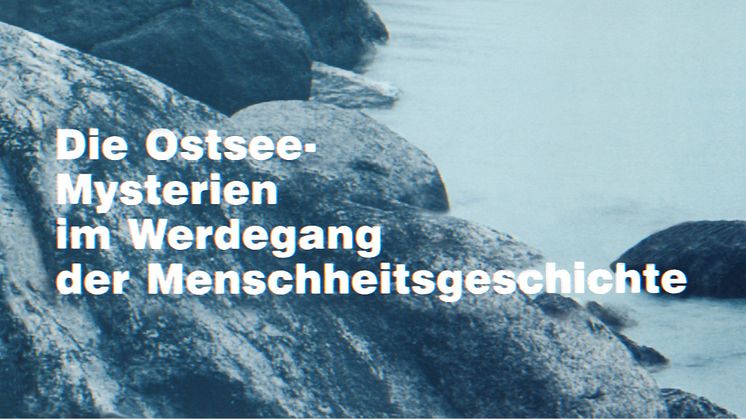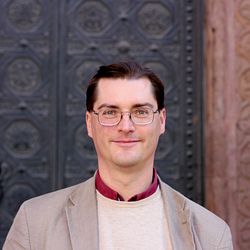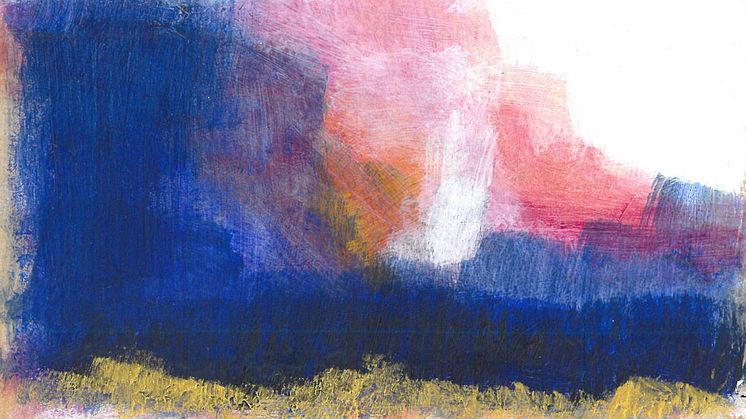
Press release -
From the Land of Mary to the Land of Sophia > A book on the mysteries of the Baltic Sea explores mythological interpretations
Goetheanum, Dornach, Switzerland, 10 November 2022
Current discourses are informed by images, metaphors and myths. The contributions in the book ‘Die Ostsee-Mysterien’ explore the geological and anthropological dimensions of the myths that originate in the area around the Baltic Sea.
The Nord Stream 2 pipeline and encounters between Nato and the Russian military remind us of the geopolitical importance of the Baltic. Since time immemorial this area has been special, with its countless rivers and islands, its confluence of sea and fresh water, its surrounding peoples and more or less distinct traces of mystery cultures.
It is characteristic of mystery cultures that they place humanity in a context with the earth and the cosmos, that they depict human and world evolution and, in so doing, inspire development in human beings. The ‘technical language’ they use speaks of beings and events, which are personalized. Take the dragon, for instance. Rudolf Steiner associated the limbs of the ‘Baltic Dragon’ with the legendary figures of the ‘Kalevala’: the Gulf of Riga with Väinämöinen, the Gulf of Bothnia with Lemminkäinen and the Gulf of Finland with Ilmarinen. Dragons can also stand for human beings unable to control their soul forces. The Vikings made their ships look like dragons as an image of the conflict with the outside world, while the settled peoples built the naves of churches in the form of dragons – the stave churches – as an image of internal struggles.
Myths are intrinsically effective in that images – like ideals – can set free forces within human beings. The images of the Baltic are about motifs of development: Thor made it possible for human beings to develop individuality; Odin brought speech and therefore the soul being, and Freyr provided earthly agency. This is opposed by the picture of the Midgard Serpent, a symbol of egotism; the wolf Fenrir killed Odin but would be conquered by Vidar with the help of human destinies.
Mysteries also include promises. For parts of the Baltic region this is the evolution from the land of Mary to the land of Sophia. Hans-Jørgen Høinæs explains in his book on the mysteries of the Baltic Sea that Mary symbolizes the “human soul which is to give birth to the logos through contemplation” and that Sophia stands for a future “Christianity of wisdom”.
(2275 characters/SJ; English by Margot M. Saar)
Book (in German) Peter Schmiedel, Arne Klingborg et al: Die Ostsee-Mysterien im Werdegang der Menschheitsgeschichte [The Baltic Sea mysteries in the history of humanity], Verlag am Goetheanum, 2022 (reprint of 2013 edition), 172 pages, CHF 23
Contact person Thomas Didden
Related links
Categories
The Goetheanum is the headquarters for the School of Spiritual Science and the General Anthroposophical Society. The School of Spiritual Science with its eleven sections is active worldwide in research, development, teaching, and the practical implementation of its research findings and is supported by the Anthroposophical Society.



